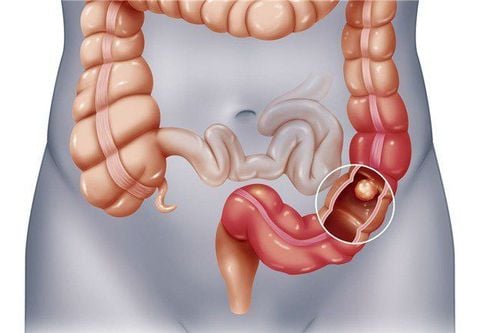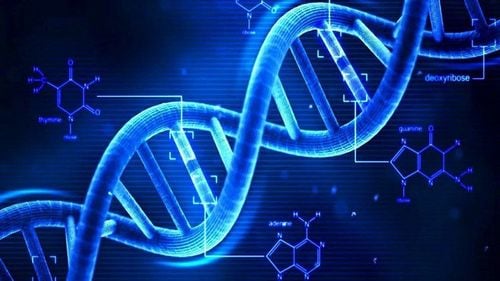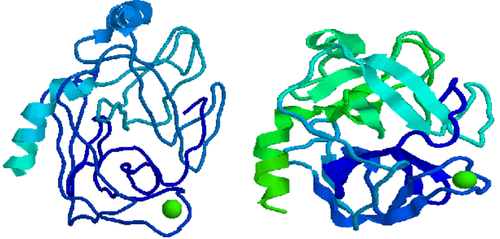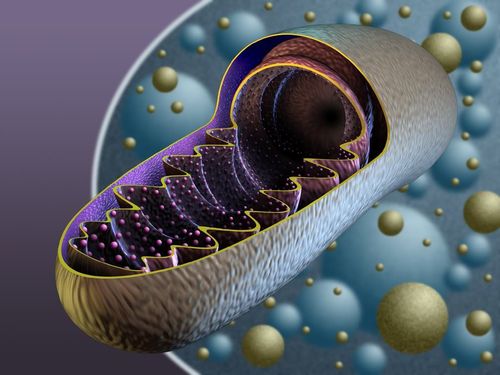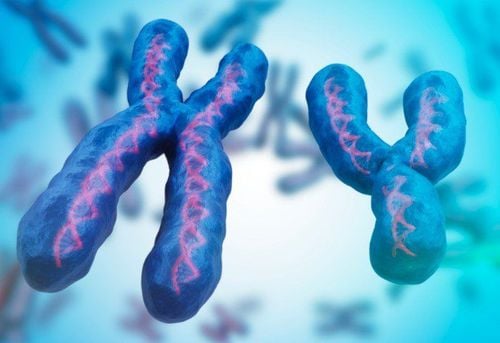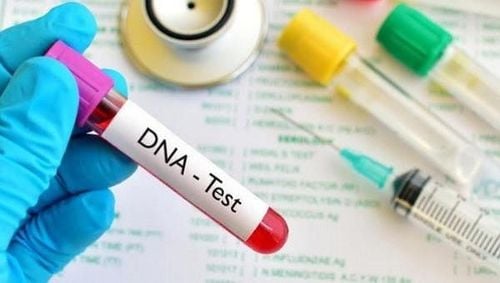This is an automatically translated article.
Fingerprints have been used for over 2000 years. They have been studied extensively by anthropologists and biologists. A person's fingerprints begin to form at 13 weeks and end around 19 to 24 weeks of pregnancy. Fingerprints are very unique, difficult to change and relatively persistent throughout a person's life. They represent the basic characteristics of a person.1. What is fingerprint?
The pattern of cuticle lines on fingers, palms, called first fingerprints, is a part of our daily lives. It is characterized by nearly parallel ridges forming distinguishable profiles. On the fingertips, there are three main types of patterns that are distinguished: swirl, hook, and bow.Crochet patterns appear as cylinders and radial circles. These profiles are linked in triplets. This trio consists of three apical systems that converge at an angle of 120 degrees. More complex patterns are known as accidents but occur relatively rarely. Furthermore, the model exhibits many defects (often referred to as precise details of fingerprints) such as dislocations. These details have received considerable attention from forensic science because they make every human fingerprint unique and immutable in life. Previous studies have shown applications of fingerprinting as diagnosis of certain genetic defects and ethnicity studies, although they seem to have become obsolete with the advent of DNA methods.
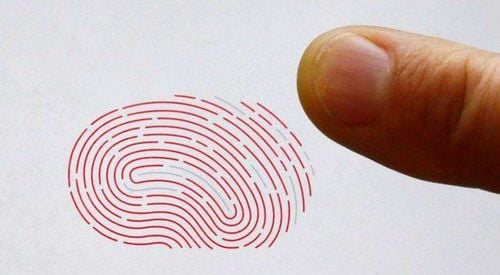
Mô hình của các đường biểu bì trên ngón tay, lòng bàn tay được gọi là dấu vân tay
2. Fingerprint formation
It has long been known that there is a connection between the apical pattern and the anatomical structures known as the palmar pad. These pads appear temporarily on the skin of the palms around 7 weeks at the tips of the fingers (parietal pads), in the distal part of the palm between the fingers and the palm. The palmar pads become less prominent around the 10th week and then disappear in the embryo.Important events for the establishment of the rib model take place from the 10th to the 16th week of pregnancy. At 10 weeks of gestation, the embryonic palmar skin consists of a layered epidermis over an amorphous fibrous dermis. The innermost layer of the epidermis at the interface with the dermis is called the basal layer and consists of cells whose axis is perpendicular to the surface of the skin. It was then observed that in the 10th to 13th week embryos this basal layer became wavy.
The ripples quickly become more prominent and form folds of the epidermis into the dermis. These folds are called the primary ridges. They are surface-patterned at 16 weeks. Because the fingerprint patterns are encoded at the interface between the dermis and the epidermis, they are not destroyed by skin wounds. This process will continue and end around 19-24 weeks of pregnancy.
Formation of primary peaks does not occur simultaneously on the palmar surface. For example, crest formation on the fingertips and palms precedes crest formation on the toes and soles of the feet. Furthermore, this formation begins in a certain area in the middle of the palmar pad and along the nail groove, and along the intercostal umbilicus. The area of the vertex usually coincides with the center of the rings. In this way, there will be three systems on the fingertips starting from the apical groove, the nail groove and the flexural fold and then gradually spreading over the fingertip.
3. Fingerprint application
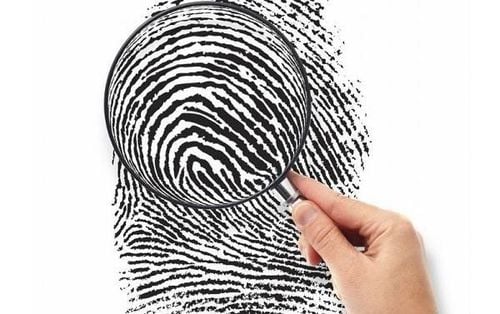
Dấu vân tay có 4 ứng dụng cơ bản là Giám định pháp y, Sử dụng thiết bị thông minh, Quốc phòng và theo dõi hồ sơ
For example, a cigarette smoker's fingerprints will contain many traces of nicotine-metabolized cotinine, they also have traces of nicotine. The presence of these substances is caused by the effects of fingers with tobacco products.
3.2. Using smart devices Because it is impossible for two fingerprints to be the same, smart devices have strongly applied this to production and use. The first application is an electronic key identified by fingerprints. When the points on the fingerprint match the fingerprint initially registered in the system, the door will automatically open. And these applications are continued to be included in a series of other devices such as timekeepers, fingerprint lock/unlock on phones, ...
3.3. Defense Fingerprints collected at crime scenes or other criminal evidence have been used in forensic science to identify suspects or victims. Fingerprint recognition was seen as an important system in 19th century police agencies, as it replaced anthropometric measurements as a more reliable method of identifying criminals.
3.4. Record Tracking Fingerprints has served governments worldwide over the past 100 years to provide accurate identification of criminal records. Therefore, fingerprints are the basic tools for identifying people with a criminal history in the police department.
Fingerprints exist throughout a person's life and it will not change in structure and contour over time. If it can be changed over time, it's definitely just tissue growth. Therefore, fingerprints are an important scientific basis for discovering human potential. The assessment of fingerprints will help us easily assess the natural gifts, understand the personality ... of each person.
Please dial HOTLINE for more information or register for an appointment HERE. Download MyVinmec app to make appointments faster and to manage your bookings easily.
Reference source: scienceline.ucsb.edu; webmd.com; newscientist.com




